Intercity railways from Guangzhou to Foshan and from Foshan to Dongguan were officially put into operation on May 26th
May 28, 2024
GuangzhouIntercity railways from Guangzhou to Foshan and from Foshan to Dongguan were officially put into operation on Sunday. The two newly opened intercity railways are connected with the already opened ones from Foshan to Zhaoqing and from Dongguan to Huizhou, forming a 258-kilometer railway line linking the five cities from east to west in Guangdong. The railway is the longest intercity railway in the Guangdong-Hong Kong-Macao Greater Bay Area, and is of great significance in accelerating the formation of a one-hour life circle in the area.
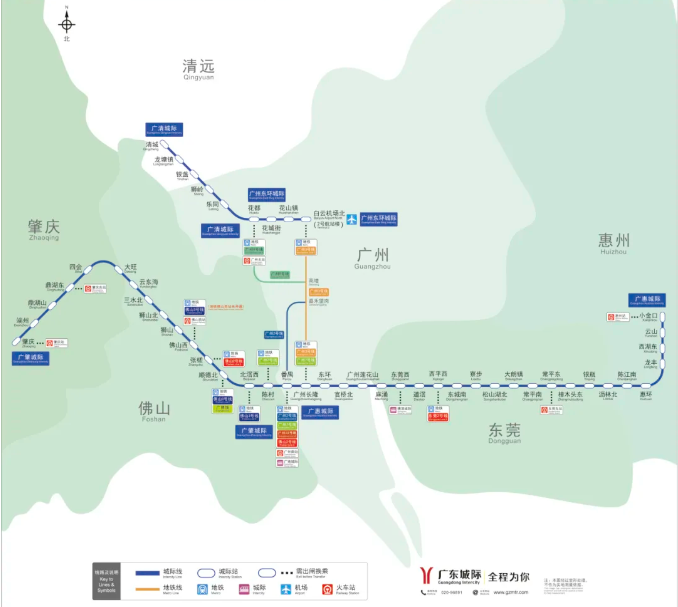
The line, linking cities including Huizhou, Dongguan, Guangzhou, Foshan, and Zhaoqing from the east to the west, is 258 kilometers long with a total of 39 stops for ordinary trains, but fast trains only stop at 14 of them. The maximum speed of a train is 200 kilometers per hour, while the average interval between trains is 26 minutes.
Zhang Qiao, a senior engineer with the Guangdong Intercity Railway Operation Co., Ltd., noted that the railway will bring convenience to local people, who will be able to take it like taking a subway.
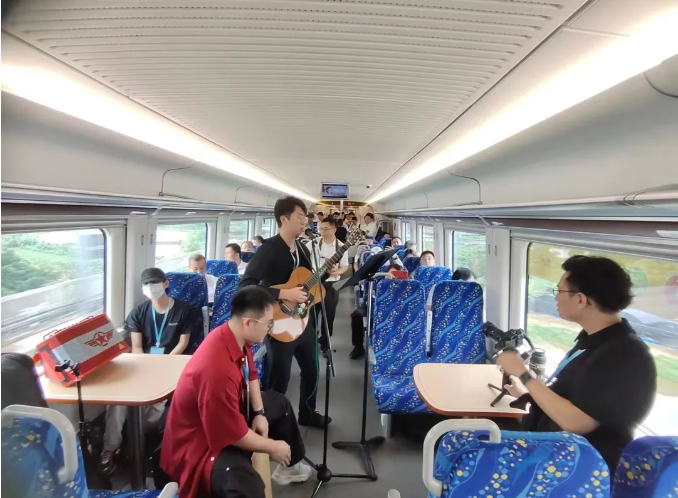
Passengers can enjoy better service and smoother transfers inside stations. For example, at Panyu Station and several subway stations in Guangzhou, specialty products including food are available so that passengers can buy in a "one-stop" manner.
With the operation of the four lines, multiple stations have implemented mutual security recognition with national railway stations, facilitating convenient and smoother transfers.
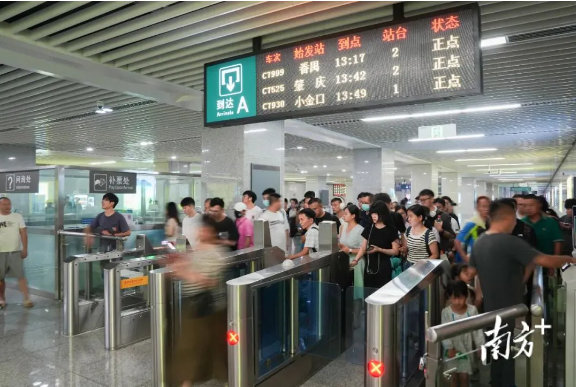
Among them, passengers can transfer to the national railway at Foshan West Station and Dongguan West Station through convenient transfer passage, without the need for secondary security checks.
The minimum fare between Guangzhou and Zhaoqing, and from Guangzhou to Huizhou intercity stations, is five yuan (69 US cents), with a maximum one-way fare of 153 yuan.
A multipayment system has been introduced, by which passengers can either buy tickets in advance on the 12306 ticket-booking platform, which is the usual practice for most passengers, or board the trains directly by scanning their regular bus or subway payment QR code or swiping transportation cards.

For Wang, it will take less than two hours by the intercity railway to travel from Panyu Station in Guangzhou to Xiaojinkou Station, the final stop in Huizhou.
"I will travel frequently between the two cities now" because of the convenient new link, she said.
Some netizens called the new intercity railway links "the subway of the Greater Bay Area".
Source: 广州外事
Tourism
More+-

China's entry facilitation policies for foreign nationals
-
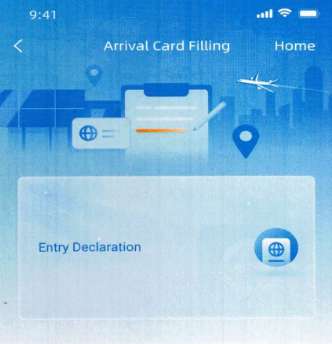
The new measure for the online submission of the Foreigner Arrival Card by foreigners entering China was implemented starting from November 20, 2025
-

240—hour Visa-Free Transit Policy for Foreigners
-

Entry, Exit and Residence Procedures—Visas
-

Instructions on Accommodation Registration for Overseas Visitors



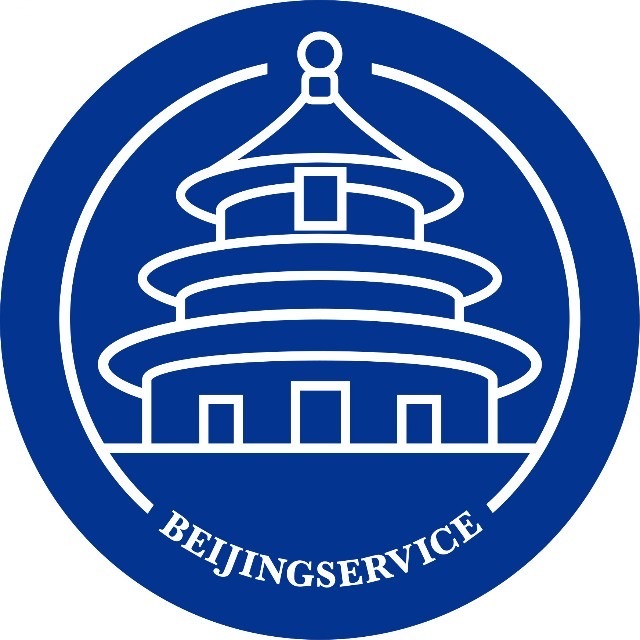
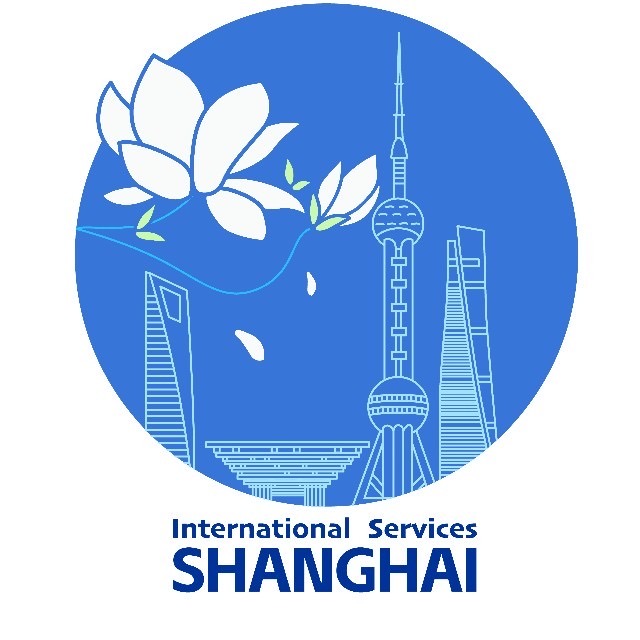




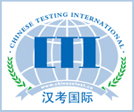

 京公网安备
京公网安备